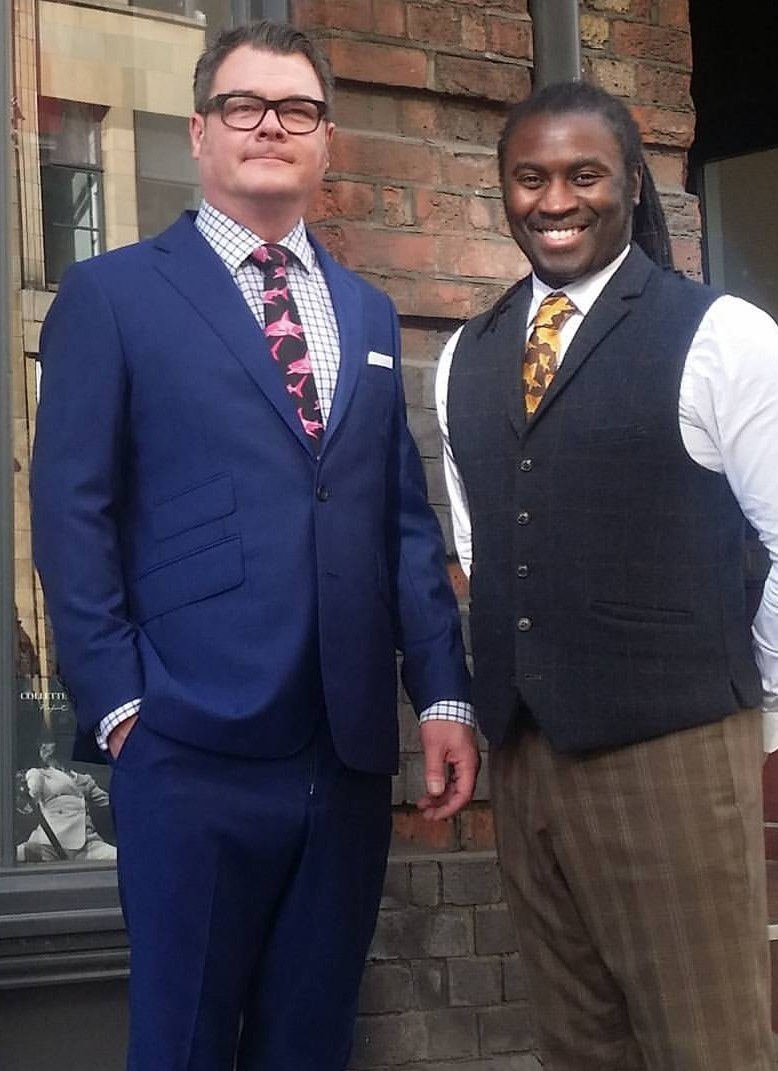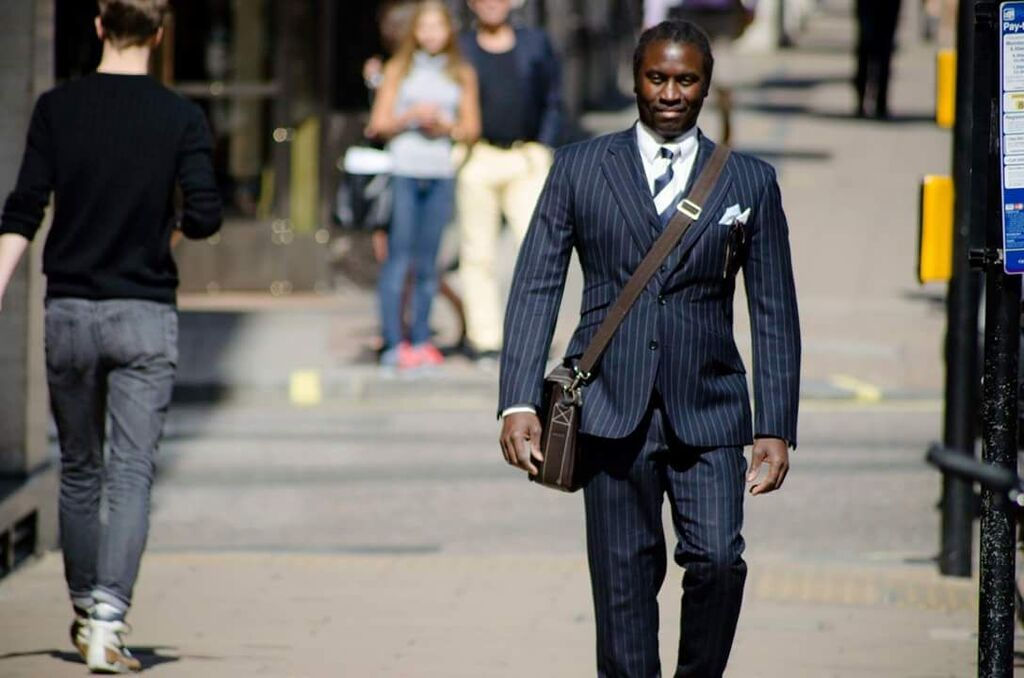Understanding Fabric
- Tony Cox
- Sep 7, 2018
- 4 min read

Wool, cotton, polyester, linen… most men cringe upon hearing these because sad to say, most people (men and women) don’t really know the importance of choosing the right fabric for their clothes. In the industry, experts, such as designers or tailors understand that the fabric is one of the most important aspects in making a garment and could make or break whatever design you have. This is the reason why designers and the like are given comprehensive training on textiles. The wrong fabric can ruin a design because different fabrics behave differently. Fortunately for custom made suits, you don’t have to go to school to learn what fabric is optimal for your suit, after all there are only a handful of fabrics designed for suiting. However, even within that narrow selection the composition is an important consideration depending on how, where, and how often you plan to wear your suit.
The most popular fabric used for suits all over the world is wool. Also known as fleece, wool is made from sheep and has existed almost as long as these animals have been domesticated. 1.3 Million tons of wool is produced yearly with Australia being the top producer. 60% of all the produced wool is used for clothing. Wool is one of the most durable fabrics used for clothing and has fibers which are capable of remembering the shape of your garment provided that you take good care of it. Another characteristic of wool is its ability to absorb moisture. It has the ability to breathe which makes it comfortable for the wearer even in warmer temperatures. It is also one of the most versatile and is used in blankets, different types of garments, furnishings and a lot more. Due to the versatility of wool different types were created for use in suiting.

Worsted Wool is the most popular type of wool used for suiting. It is considered the best choice because it is mid-weight, durable and wears well. Worsted wool is perfect to wear all year round which makes it a very good investment for anyone. Being the most popular, several types of worsted wool were invented. Normally, worsted is made of yarns with a 60-80 twist. This is the number of times the yarn has been twisted, the higher the twist, the finer and lighter the fabric is. High twist wool is identified with Super numbers, which serves as their grading. Super wool are labeled as, Super 100s, Super 120s, Super 140s, Super 150’s and can go all the way to Super 180s, the numbers correspond to the number of threads per inch of fabric, the higher the number of threads or twists, the better the quality and naturally, the more expensive the fabric is. Choosing your “Supers” isn’t exactly as easy as it seems, some people make the mistake of just getting the highest number of super you can find and this may not be the best way to choose a worsted wool suit with a super number.
Other types of wool used for suiting include Tweed, which is heavier and coarser. It has a famous pattern and is more suitable cold climates. Then you have Tropical wool, which as its name suggests is good for summer wear but do watch out because it wrinkles pretty easily. The heaviest of the non- weave wools, Flannel is also used for suits but is not advisable for office environments and warm weather. Another type of wool for suits is Herringbone, popular in the 40s; it has a trademark zigzag pattern reminiscent to that of a herring’s skeleton. It is more commonly used in sport jackets nowadays. If wool isn’t for you there are other fabrics you can still choose from.
Luxury Worsteds
Vicuna
Cashmere
Tweed
Flannel
Mohair
Linen
Cotton
Silk
Thread Count
Thread count is often attributed to linen, but many fail to realise that men's suits too benefit from a high thread count. The thread count of a suit not only determines its price (the higher the thread count, the more expensive it is), it also determines the quality and level of comfort of the fabric. First and foremost, it is important to note that in the world of suiting, thread count is referred to as the “Super” number.
The finest “Supers” in the range of 450 are extremely delicate and should be avoided by those who can’t afford to replace their suits every year. For a more practical approach to suit buying, men should stick to wool suits with a count in the low hundreds. They’re the most durable and provide quite a comfortable feel.
When shopping or ordering a bespoke suit, you always have to consider where and how frequently you’ll be wearing the suit. Higher twists are lighter which means they may not be good in the winter and they wrinkle easily when compared to heavier wool. This means that they also do not travel particularly well. It’s best that you use Super 100s and Super 120s more often and have Super 150s to Super 180s for special occasions because they are a true luxury. Another tip in buying Supers in a higher number is to look at the tailoring; the lighter the fabric is the harder it is to tailor. Italian tailors have attested to this and have deemed Super 150s and up as “nervous” so make sure you check how it’s made out or all the money you spent on a high Super will just go to waste.



留言